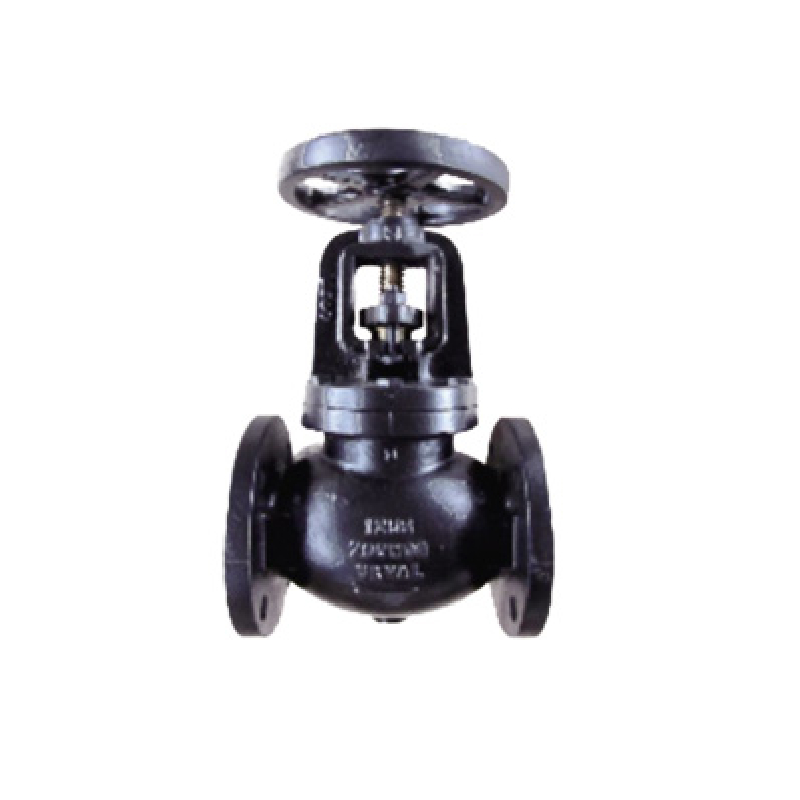Nov . 11, 2024 04:48 Back to list
Understanding the Functionality and Applications of Pneumatic Butterfly Valves in Industry
Understanding Pneumatic Butterfly Valves Design, Functionality, and Applications
Pneumatic butterfly valves are crucial components in various industries, known for their compact design, efficiency, and versatility in regulating flow. These valves utilize a rotating disc to control the passage of fluids, making them ideal for regulating and throttling applications. This article delves into the design, functionality, and applications of pneumatic butterfly valves, highlighting their significance in modern engineering.
Design and Structure
A pneumatic butterfly valve consists mainly of a circular disc or vane mounted on a rotating shaft, positioned in the center of the valve body. When the shaft rotates, the disc pivots on the axis, either parallel or perpendicular to the flow of the fluid. This unique mechanism allows the valve to be operated quickly and with minimal pressure loss. The valve body is generally made from materials such as stainless steel, PVC, or cast iron, depending on the application and the medium being controlled.
The pneumatic actuator that operates the valve is typically powered by compressed air. This actuator provides quick, efficient opening and closing actions, making pneumatic butterfly valves particularly useful in systems where rapid response times are crucial. The actuator's power and speed can be easily adjusted by controlling the air supply, allowing for precise flow management.
Functionality
Pneumatic butterfly valves operate based on a simple yet effective principle. When the valve is closed, the disc blocks the flow of fluid. As the actuator rotates the shaft, the disc moves into an open or partially open position, allowing the flow to pass through. The ability to regulate the flow rate is particularly beneficial in applications requiring precise control over the medium's movement.
pneumatic butterfly valve

One of the significant advantages of pneumatic butterfly valves is their ability to handle a wide range of pressures and flow rates. They can effectively manage liquids, gases, and even slurries, making them suitable for various industries, including water treatment, chemical processing, and HVAC systems. Additionally, their design minimizes turbulence and pressure drop across the valve, which is crucial for maintaining system efficiency.
Applications
Pneumatic butterfly valves find widespread use across multiple sectors. In the water treatment industry, they are employed to control the flow of water in treatment plants, ensuring efficient processing and distribution. In the chemical processing industry, these valves manage the flow of corrosive substances, with specialized materials ensuring longevity and safety.
Moreover, in HVAC systems, pneumatic butterfly valves facilitate efficient airflow management, contributing to energy savings and maintaining desired temperature levels. Their compact design allows for straightforward integration into existing systems, making them popular in retrofitting applications.
Additionally, the food and beverage industry utilizes these valves for their hygienic design and ease of cleaning, ensuring compliance with stringent regulations regarding food safety. The pharmaceutical sector also values pneumatic butterfly valves for their reliability and ability to maintain sterile conditions during the manufacturing process.
Conclusion
In summary, pneumatic butterfly valves are essential components in modern fluid control systems, offering a blend of efficiency, reliability, and versatility. Their design allows for quick operation, minimal pressure loss, and adaptability across various industries. As industries increasingly seek solutions that optimize performance while reducing costs, the role of pneumatic butterfly valves will likely expand further. Understanding their mechanics and applications is vital for engineers and technicians seeking to improve system design and operational efficiency. With advancements in materials and actuator technology, the future of pneumatic butterfly valves looks promising, continuing to evolve to meet the needs of diverse applications.
Share
-
Reliable Wafer Type Butterfly Valves for Every IndustryNewsJul.25,2025
-
Reliable Flow Control Begins with the Right Ball Check ValveNewsJul.25,2025
-
Precision Flow Control Starts with Quality ValvesNewsJul.25,2025
-
Industrial Flow Control ReliabilityNewsJul.25,2025
-
Engineered for Efficiency Gate Valves That Power Industrial PerformanceNewsJul.25,2025
-
Empowering Infrastructure Through Quality ManufacturingNewsJul.25,2025